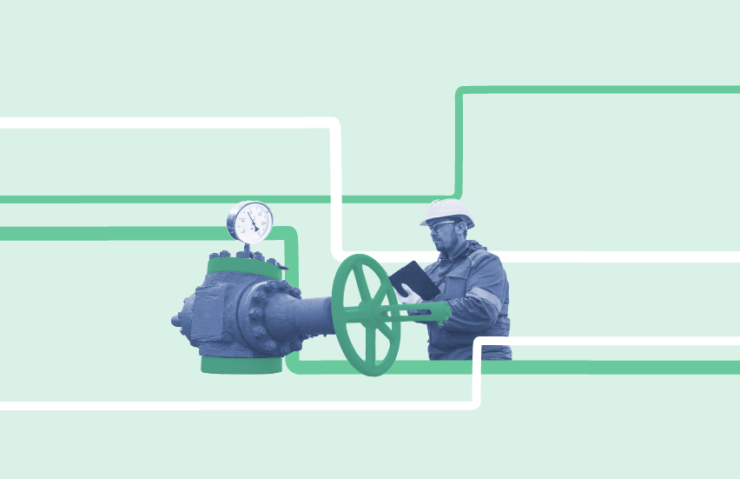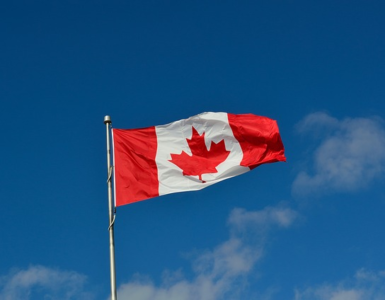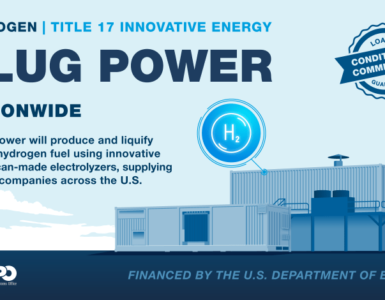Europe Gas package – member states set their position on future gas and hydrogen market.
The Council agreed on its negotiating positions (‘general approaches’) on two proposals that set common internal market rules for renewable and natural gases and hydrogen. The purpose of the legislation is to design the transition of the gas sector towards renewable and low-carbon gases, in particular biomethane and hydrogen, in view of reaching the EU’s goal of climate neutrality in 2050.
Swedish Minister for energy, business and industry said:
I’m glad we have found a balanced agreement on the gas package. Europe is on a journey to shift away from natural gas to renewable and low-carbon gases and we have to create the right market conditions for that to happen, in a way that promotes competitiveness, protects consumers and advances our climate-neutrality objective for 2050.Ebba Busch.
The hydrogen and gas markets decarbonisation package consists of a proposal for a regulation and for a directive that set common internal market rules for renewable and natural gases and hydrogen. The proposals aim at creating a regulatory framework for dedicated hydrogen infrastructure and markets and integrated network planning. They also set rules for consumers protection and strengthen security of supply.
🔥 What about we co-host a webinar? Let's educate, captivate, and convert the hydrogen economy!
Hydrogen Central is the global go-to online magazine for the hydrogen economy, we can help you host impactful webinars that become a global reference on your topic and are an evergreen source of leads. Click here to request more details
Main changes brought by the Council to the regulation
The Council clarified the rules for tariffs and tariff discounts for hydrogen and renewable gases seeking to access the gas grid and gave more flexibility to member states for setting them. It differentiated between tariff discounts for renewable (100%) and low-carbon gases (75%) in the natural gas system.
Regarding the certification of storage system operators, the general approach integrates the provisions of the gas storage regulation adopted in June 2022 into the text. It introduces a 100% discount to capacity-based transmission and distribution tariffs to underground gas storage facilities and LNG facilities.
The general approach allows for the blending of hydrogen into the natural gas system of up to 2% by volume (instead of 5%) in order to ensure a harmonised quality of gas.
The Council added a security clause allowing member states to take proportionate measures to temporarily limit imports from Belarus and Russia.
The Council has strengthened and improved provisions enabling geographically confined hydrogen networks. In addition, a review clause will look into potential rules for future Transmission System Operators and Distribution System Operators in the hydrogen market, once the hydrogen infrastructure and market is more developed.
The Council removed many of the provisions regarding security of supply as they are covered under various emergency legislations adopted in 2022, leaving space for further alignment in the future.
Main changes brought by the Council to the directive
The general approach added reference to the fossil fuel comparator set in the renewable energies directive to the ‘low-carbon’ definitions to ensure a level playing field in assessing the full greenhouse gas emissions footprint of different gases.
Regarding the unbundling of future hydrogen networks, Member States kept full ownership unbundling as the default model, while allowing the independent transmission system operator model (where energy supply companies may still own and operate networks but must use a subsidiary), under certain conditions.
While keeping the strong ambition for customer protection, the Council made various changes to the consumer-related provisions, regarding provision of information, facility of switching suppliers and termination in case of bundled offers. Member States will have more flexibility regarding the deployment of smart metering systems.
The Council extended the transition phase for implementing detailed rules for hydrogen till 2035.
The Council also added the possibility for public intervention in price setting in case of an emergency situation, mirroring provisions in the proposal for the electricity market design review currently under discussion. This reference would be adapted according to the outcome of negotiations on the electricity market design.
The Council added limited derogations to some provisions for some Member States with specific circumstances.
Background and next steps
Now that the Council has reached general approaches on the proposals, negotiations with the European Parliament may begin. Once an agreement is reached, the two institutions will need to formally adopt the legislations, before they are published in the EU’s Official Journal and enter into force.
The Commission presented these proposals on 15 December 2021 as part of the second batch of proposals under the ‘Fit for 55’ package that aims to align EU climate and energy laws with the EU’s target to reduce greenhouse gas emissions by at least 55% by 2030 and goal to become climate-neutral by 2050.
Proposal for a regulation
The proposal for a regulation aims to facilitate the uptake of renewable and low-carbon gases, in particular biomethane and hydrogen, into the EU gas market. It would require existing natural gas infrastructure to integrate hydrogen and renewable gases, by removing tariffs for cross-border interconnections and lowering tariffs at injection points.
It would create rules for cross-border hydrogen networks and detailed provisions to facilitate blending of hydrogen with natural gas and renewable gases. It would provide for more regional cooperation regarding gas quality and enhance cooperation to fight against cyberattacks on EU energy networks.
It would require Member States to explicitly make storage part of their security of supply risks assessments, both at national and regional level. The proposal would facilitate the voluntary joint procurement of strategic stocks.
A new European Network of Network Operators for Hydrogen (ENNOH) would be created to promote a dedicated hydrogen infrastructure, cross-border coordination and interconnector network construction, and elaborate on specific technical rules.
The market rules would be applied in two phases, before and after 2030.
Proposal for a directive
The proposal for a directive would extend the principles of EU legislation that cover gas networks to hydrogen networks. The proposal would set strong consumer protection rules that allow consumers to switch suppliers easily and choose renewable and low-carbon gases over fossil fuels.
It would set provisions relating to transmission and distribution system operators (including their unbundling), third-party access to existing gas infrastructure and integrated network planning, and independent regulatory authorities.
It would set new definitions for ‘low-carbon’ and create new provisions on the sustainability and certification of renewable and low-carbon gases.
The proposal foresees that long-term contracts for unabated fossil natural gas should not be extended beyond 2049 to avoid locking in fossil fuels and make more space for clean gases in the European gas market.
READ the latest news shaping the hydrogen market at Hydrogen Central
Gas package: member states set their position on future gas and hydrogen market, March 28, 2023








